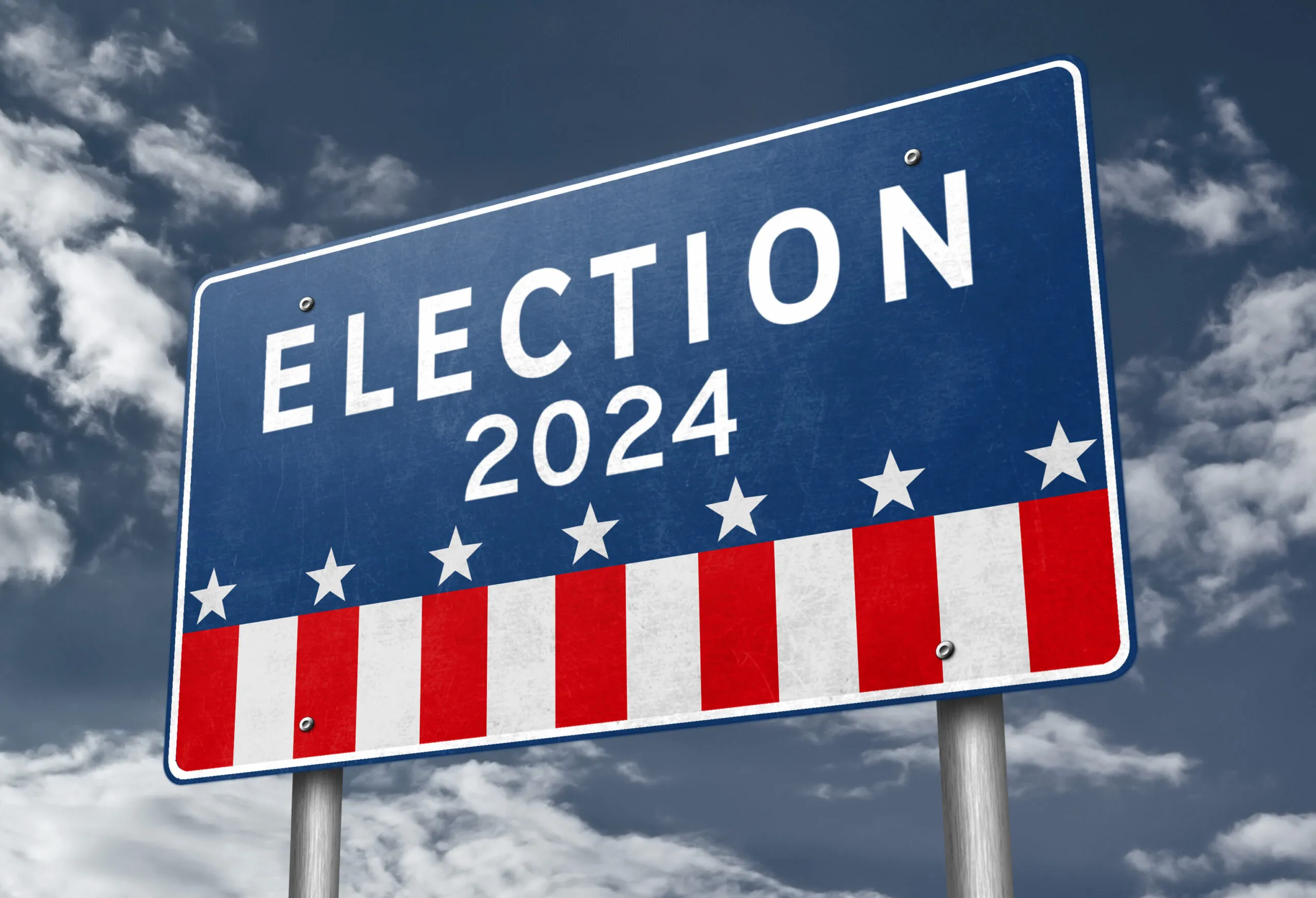Estes voters to mull lodging tax hike for workforce housing, child care
ESTES PARK – Estes Park voters will decide Nov. 8 whether to increase the lodging tax visitors pay at hotels and vacation-home rentals to help fund housing and child care for workers in the tourism-dependent town..
Approved Monday by the Visit Estes Park marketing district, the ballot issue would raise the current lodging tax from 2% to 5.5%, allocating the additional 3.5% – revenue estimated to be around $5.25 million – to fund workforce housing and child-care initiatives, both identified as pressing needs for businesses in the mountain village at the gateway to Rocky Mountain National Park.
The extra percentage would be…
THIS ARTICLE IS FOR SUBSCRIBERS ONLY
Continue reading for less than $3 per week!
Get a month of award-winning local business news, trends and insights
Access award-winning content today!





